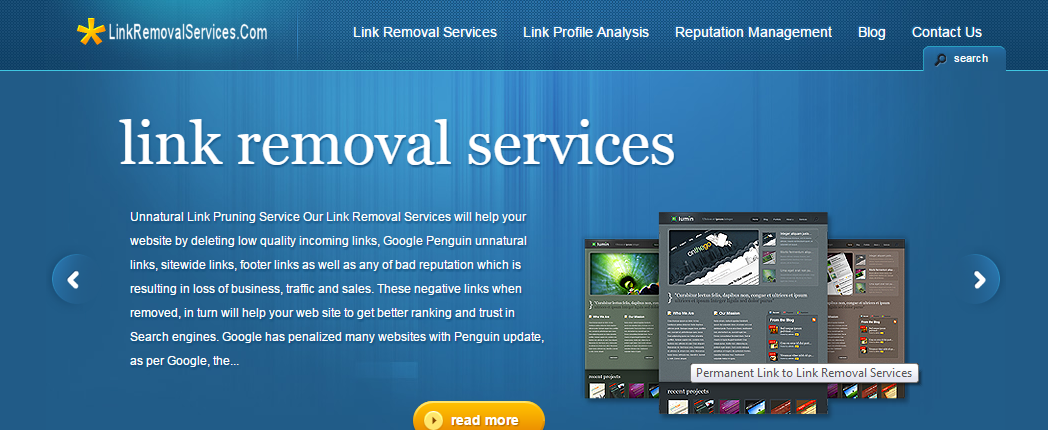If you run a business and you are on the internet to sell your products or services, mere presence on different channels won’t do. To take full advantage of your online visibility – you need to find a way to not only expand your base of fans and followers, but also convert them into customers.
In fact, when it comes to planning a social media strategy, designing it for optimum conversion is one of the most critical, yet the most difficult parts. This article, therefore, discusses the most common approaches to social media conversion optimization and lists some key factors on which it depends.

Driving engagement
Having a large number of fans on Facebook, Twitter or any other big social network is always an advantage; yet the value of passive followers is very small when it comes to conversions. Namely, such followers are not very likely to ever become your loyal consumers and brand evangelists, meaning that you should focus on post engagements, rather than counting page likes or follows.
To encourage engagements, you need to take into consideration your target audience’s interests and produce content that matches them. Only after you achieve a satisfying level of interaction with your fans, you can start posting content intended to convert them into paid consumers, subscribers, etc.
However, it may be important to note that creating engaging pages, especially on Facebook, is not always that easy, especially for specific industries. As shown in a study by Fan Page Karma, an average business page on Facebook is quite low in interactions, with sport pages having the highest engagement levels of above 3%, while this digit on finance-related pages is as low as 0.7%.
Quality content
One thing is for sure – quality will always sell. Creating rich posts featuring high quality content is definitely going to attract people to interact with your social media profile. Here are some things to bear in mind next time you want to post:
- Feature a photo – statistics show that posts with photographs are much more engaging than any other type, like text only or video posts.
- Keep your posts concise – Facebook statuses over 250 characters average less engagement, study finds
- Ask a question – people are more likely to comment on your post if you ask them something.
- Mind the timing – the best posts are those which come at the right time.
Offering Incentive
When it comes to tweets, recent studies on Twitter engagement have shown that some of the most important engagement factors are: inclusion of media, character count, hashtag length, as well as time of day. Furthermore, a great way to engage your followers seems to be offering a reward, which is why the large majority of the most engaging tweets follow the “follow us and retweet to win” pattern.
People like participating in giveaways and promotions, and they are more than willing to invest their social influence into winning prizes, even if those prizes are nothing more than getting the photo of their pet featured on your company’s page.
Personalized content
Another important conversion factor is how personalized the content of your posts is. People tend to like only what they like (no matter how obvious this sounds) and they respond negatively to content on their news feeds that does not interest them.
One way to make sure your audience gets only what they want to see is to do an extensive study of the market and collect detailed information about your audience’s behavior. By using such insights, you can easily find out who your audience is and what they are likely to share. Location, gender and age of your potential fans and customers will play a big role in the tone and content of your posts.
The better solution is to consider starting a paid ad campaign which will use social media website’s algorithms to deliver your message only to those people who may find it interesting.
Call to action
Provoking a response from your audience is one of the crucial factors in social media conversion. In order to create good calls to action you need to know what your audience likes to respond to and interact with.
There are also some universal calls to action which more or less always work. For example, the posts which include the word “share” drive a lot of engagement on Facebook, while phrases like “retweet” or just “RT” are very likely to increase the number of shares on this network.
Also, it is good to know that the old “please” still works – the posts containing this word almost double the average number of interactions.



